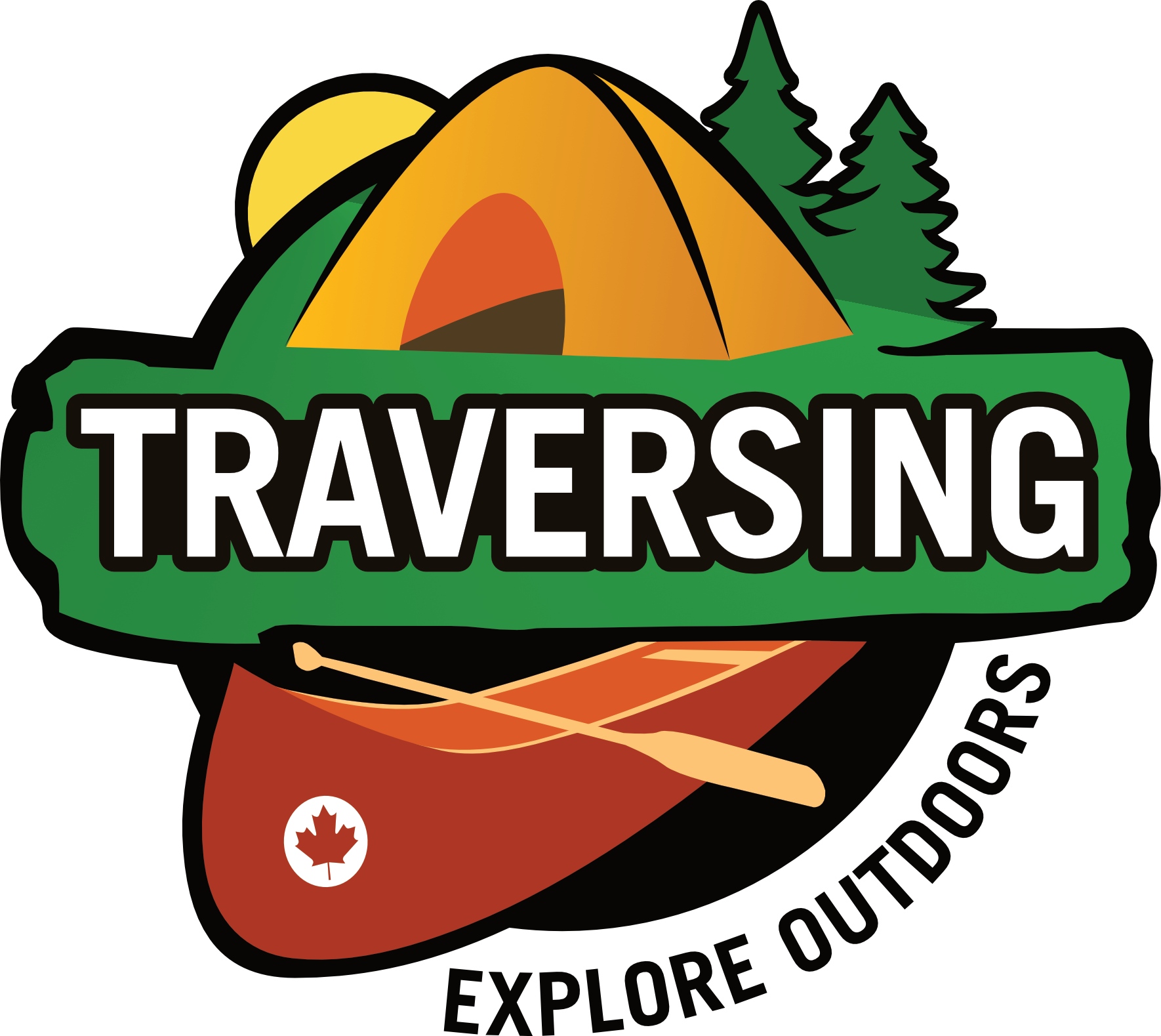Do Canoeists Have A Good Sense Of Direction?

With so many canoeists venturing out into the backcountry, do you ever wonder how many of them have a good sense of direction? It turns out that for the most part… it’s a mixed bag.
We chatted with Ford Burles, Ph.D. (who has a Ph.D. in Cognitive Neuroscience and ten years of experience investigating spatial cognition by using behavioural and neuroimaging methodologies) and Giuseppe Iaria, Ph.D (who has a Ph.D. in Cognitive Neuroscience and over 20 years of experience in conducting behavioural and neuroimaging studies investigating spatial orientation and navigation in healthy individuals and patients with brain injuries.) who work in the Dept of Psychology at the University of Calgary.
They study sense of direction and mention that it can be guided by a lot of different factors such as…
Age
How much you practice navigating
The area itself that you are traversing
Turns out when we go canoeing (as well as navigate day-to-day life), we build a ‘cognitive map’ of our surroundings. Things such as where the portage is in relation to the island in the middle of the lake, or which direction our campsite is after we went fishing for the afternoon are all elements that we log away. Even though we may not be looking at a physical map, this ability is critical for us to get from Point A to Point B.
Some people take longer than others to build this mental map and can get turned around quite easily while others who can build a cognitive map quickly can navigate with ease.
The good news is that this is actually a skill, which means with practice… it is something you can get better at! The more you pay attention to the things around you (and their relation to each other), the better you will get at navigating.
https://www.instagram.com/futurismcartoons/
Sadly however, as people become more and more reliant on their smartphones, they are also loosing their sense of direction. There has never been a better time to actively work on your sense of direction, as well as other important wilderness navigational skills such as using a map and compass. Check out Kevin Callan’s videos below for an excellent intro…
Perhaps the most interesting tidbit we learned is that genes can actually come into play. While no one knows what particular genes have an effect on us, Ford Burles and Giuseppe Iaria preformed a study from about ten years back that uncovered a developmental condition which they call Developmental Topographical Disorientation (DTD). 2% of the population have this and it can be passed along from generation to generation. People with this condition have the inability to picture in their mind what is around them (or to build a cognitive map)… when they aren’t seeing these things. So when they set out, to them, it is like moving around for the very first time.
Thanks again to Ford Burles, Ph.D. and Giuseppe Iaria, Ph.D. for their time. You can learn more at info.gettinglost.ca.
Blog banner image is a photo we took of the “Portage Sundial” located in Pembroke, Ontario. From the description on a nearby plaque…
Sunlight and moving shadows combine with a rotation earth to reveal the passage of time.
The keel of the canoe is the sundial’s “gnomon”, casting a shadow that displays the time as it moves across the numbered hour lines.
The geometry of a sundial requires that the gnomon is parallel with the earth’s axis. Thus, when you sight along the canoe’s keel you are looking into space directly towards Polaris, the North Star.
Sundials show standard time; during the summer (daylight savings time), add one hour to the sundial’s time.









